LECTURE AND SLIDE SHOW
REFERENCES

It was the day after Pearl Harbor, December 8th, 1941, when the Japanese first bombed Wake Island, a tiny atoll in the Southern Pacific that was a strategic American stronghold under construction. The Japanese finally took control of Wake Island after their second invasion attempt on December 23rd, 1941. Two men, Logan "Scotty" Kay a.k.a. "Wake Island Scotty", 55 years old from Clearlake Park, California and Fred J. Stevens, 49, of Sioux City, Iowa stowed away right under the nose of the occupying Japanese soldiers. They survived on rations that they had hidden during the intitial Japanese invasion of December 11th, 1941 - and held out until March 9th, 1942 when the ragged "Robinson Crusoes" surrendered to the Japanese. It is nothing short of amazing that they survived.
Join New England Folklorist John Horrigans as he reads from their diary and brings you back to the brush on Wake Island where you'll feel like you are peering out through the tall grass and leer at Japanese soldiers while you lay down in a prone position, hoping that you are not spotted. This 60-minute adventure is thrilling. It is one of Horrigan's best offerings.

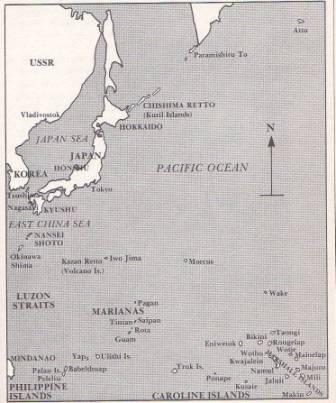

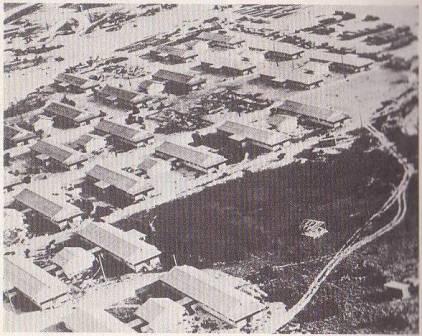

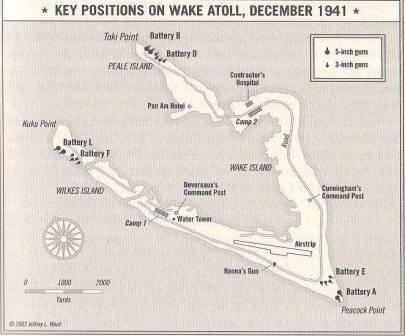

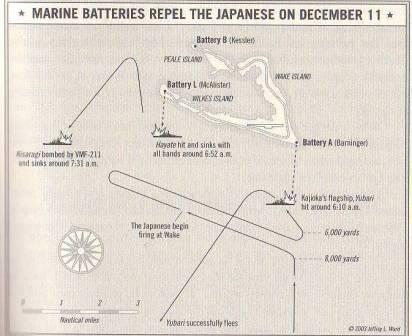



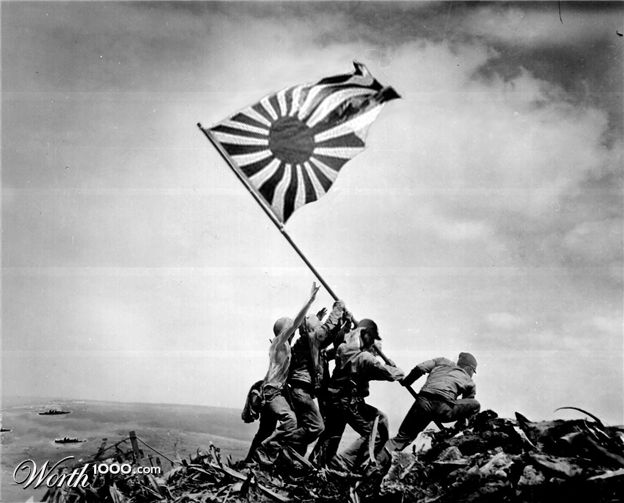

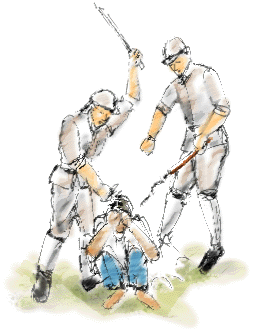

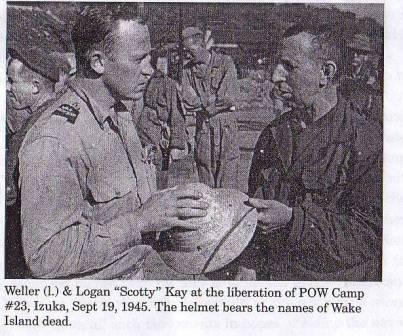


Running Time: 58:45 Size: 56 MB

THIS LECTURE HAS BEEN PERFORMED FOR:

Running Time: 1 hour Size: 56 MB

Running Time: 9 minutes 42 seconds Size: 8 MB

Running Time: 1 hour Size: 64 MB

RETURN TO JOHN HORRIGAN HISTORICAL LECTURES
JOHN'S AUDIO CATALOGUE
JOHN'S MAIN PAGE